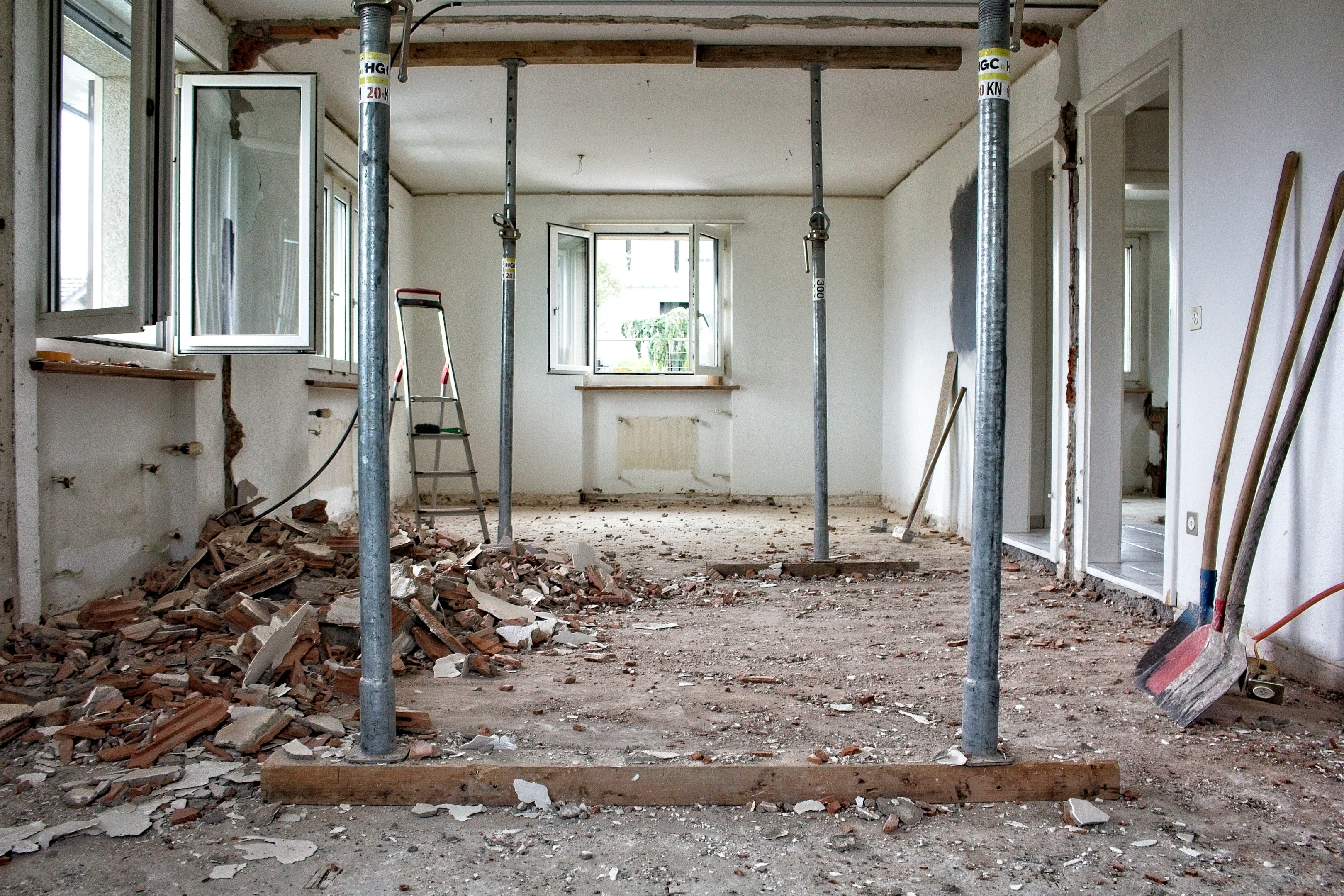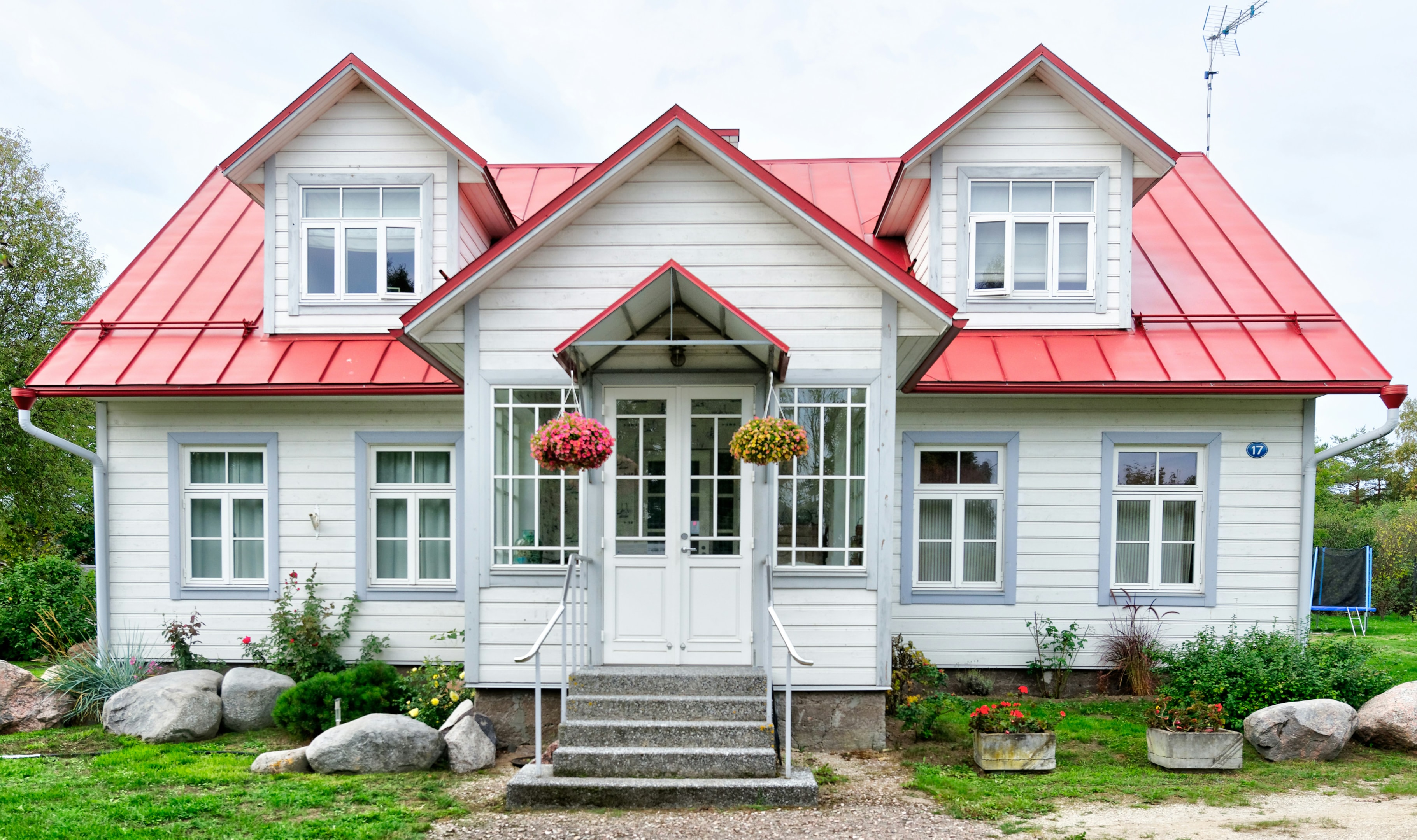The Essential Vacant House Flipping Checklist for Successful Investors
Flipping a vacant house isn't just about cosmetic upgrades—it's a high-stakes game of risk and reward that demands precision, planning, and execution. These properties often sit neglected for months or even years, hiding layers of problems (and potential). Whether you're an experienced flipper or stepping into your first deal, this expanded vacant house flipping checklist will walk you through every phase — from scouting and acquisition to rehab and resale — so you can maximize profit and minimize costly mistakes. Fix and flip strategies require careful planning and execution to ensure a profitable outcome. Investing time in research and preparation is crucial to maximizing your profit and minimizing risk. Let's dig into the ultimate guide to flipping vacant properties like a seasoned pro.

Pre-Purchase Due Diligence — Get the Lay of the Land
Start by researching the neighborhood's crime rates, schools, amenities, and property values, and consult a local real estate agent for a quick assessment of the property's marketability. Analyze comparable sales to estimate After Repair Value (ARV) and selling timeline. Verify title and liens with a title company, and check zoning laws to ensure legal compliance. Prioritize buying below market value to maximize profitability.
Conduct a Thorough Property Inspection
Structural damage is often the most expensive surprise, so inspect for foundation cracks, sagging ceilings, and uneven floors with the help of a structural engineer or experienced contractor. Schedule a professional home inspection to uncover hidden issues, and have licensed professionals assess electrical, plumbing, and HVAC systems, which may be outdated or vandalized in vacant homes. Check for mold, termites, or rodents in areas like under sinks, attics, and basements, as infestations can disrupt your timeline and budget. Finally, evaluate the exterior condition, including the roof, gutters, windows, siding, and landscaping, since neglect signs like broken fences or missing shingles can indicate deeper problems.
Crunch the Numbers — Profit is in the Planning
Build a detailed rehab budget covering all expenses such as demolition, drywall, paint, flooring, electrical work, and landscaping, adding a 10–20% contingency for unexpected costs. Use the 70 percent rule to calculate your maximum allowable offer by multiplying the ARV by 70% and subtracting repair costs. Estimate holding and selling costs including loan interest, utilities, insurance, property taxes, and agent commissions, as every day on the market reduces your profit. Work closely with your lender to explore all funding options and associated fees, and factor in closing costs while negotiating who will cover them in the transaction. To learn more tips for building your fix-and-flip budget, see Flipping Houses on a Tight Budget: How to Stretch Your Cash and Still Make a Profit.

Acquisition Checklist — Lock It Down
Make a strong, informed offer with clean terms and flexible close dates, including contingencies for inspection and financing to protect your interests. Secure financing early—whether hard money, private funds, or cash—to ensure a quick close. Prepare for closing by selecting contractors and planning the rehab schedule for a smooth transition into renovations. Use a reputable title company to handle title insurance and document processing, ensuring the transaction closes before starting any work.
Secure and Stabilize the Property Immediately
Change the locks immediately upon receiving the keys to prevent unauthorized access. Install security measures like cameras or temporary systems to deter theft and vandalism. Address safety hazards by removing broken glass, securing loose steps, and marking dangerous areas to protect contractors and inspectors. Ensure timely payment to contractors to keep the project on schedule and avoid delays.
Create a Rehab Plan and Timeline
Draft a room-by-room scope of work prioritizing value-add upgrades in kitchens, bathrooms, and living areas, including exterior curb appeal. Obtain at least three contractor bids per trade with proof of license, insurance, and references, and arrange for a portable toilet on-site to avoid delays. Pull necessary permits before starting work to ensure compliance, and estimate rehab costs accurately to protect your budget. Address any structural issues early to prevent delays and safeguard the property's value.
Renovate to Sell, Not to Impress
Focus on the kitchen and bathrooms, as they offer the highest return on investment—use timeless finishes like white shaker cabinets, subway tile, and brushed nickel hardware. Update flooring with durable, cost-effective materials such as luxury vinyl plank, and paint in neutral tones like soft gray, beige, or warm white. Enhance curb appeal by refreshing the front door, minimal landscaping, and power washing the exterior to make the property look years newer. Completing renovations on schedule is essential to prepare for listing and avoid unnecessary holding costs.

Pre-Listing Preparation
Complete a final walkthrough and punch list, fixing any small cosmetic issues like scuffed baseboards or loose hardware. Schedule a final walk-through with your contractor and real estate agent to ensure all work is finished to satisfaction and nothing is overlooked. Hire professional cleaners to make the home spotless for buyers and photographers, consider staging to help buyers visualize the space, and use a professional photographer to capture high-quality images that boost online visibility and showings.
Selling the Flip — Time to Cash Out
Price it right using updated comps to set a competitive price that attracts local buyers and maximizes profit. Market aggressively on MLS, Zillow, Redfin, and social media to reach potential buyers, including investors. Negotiate offers wisely by considering financing, contingencies, and timelines to ensure a smooth and profitable sale.
Post-Sale Debrief and Scaling Up
Document everything, including your actual purchase price, repair costs, holding expenses, and net profit, and save all receipts and contracts for tax purposes and future reference. Analyze what worked and what didn't—did you stay on budget, did the contractor meet deadlines, and were your estimates accurate? Successful investors use these insights to build strong teams and make data-driven decisions that improve future flips and increase profitability. Systematize your process by using this checklist as a template for future projects, and as your portfolio grows, consider hiring help to manage your flips more efficiently.

Conclusion
Flipping vacant homes isn't for the faint of heart, as these properties come with a unique set of risks but also incredible upside potential. With the right systems and this comprehensive vacant house flipping checklist in hand, you'll be equipped to navigate everything from broken water mains to buyer negotiations. Whether you're chasing your first flip or scaling your flipping business, structure and strategy are the keys to success, so let this checklist guide every move and turn your next vacant property into a sold success story. To learn more about getting into the fix-and-flip business, check out A Complete Guide to Estimate Rehab Costs for Flipping Successfully.